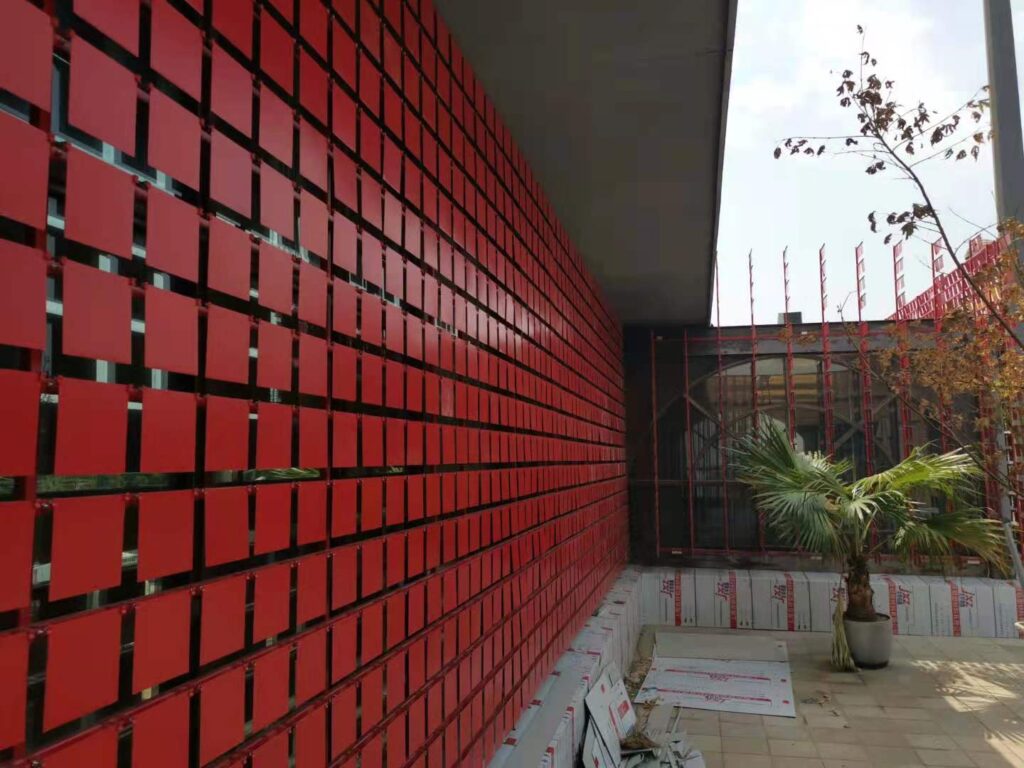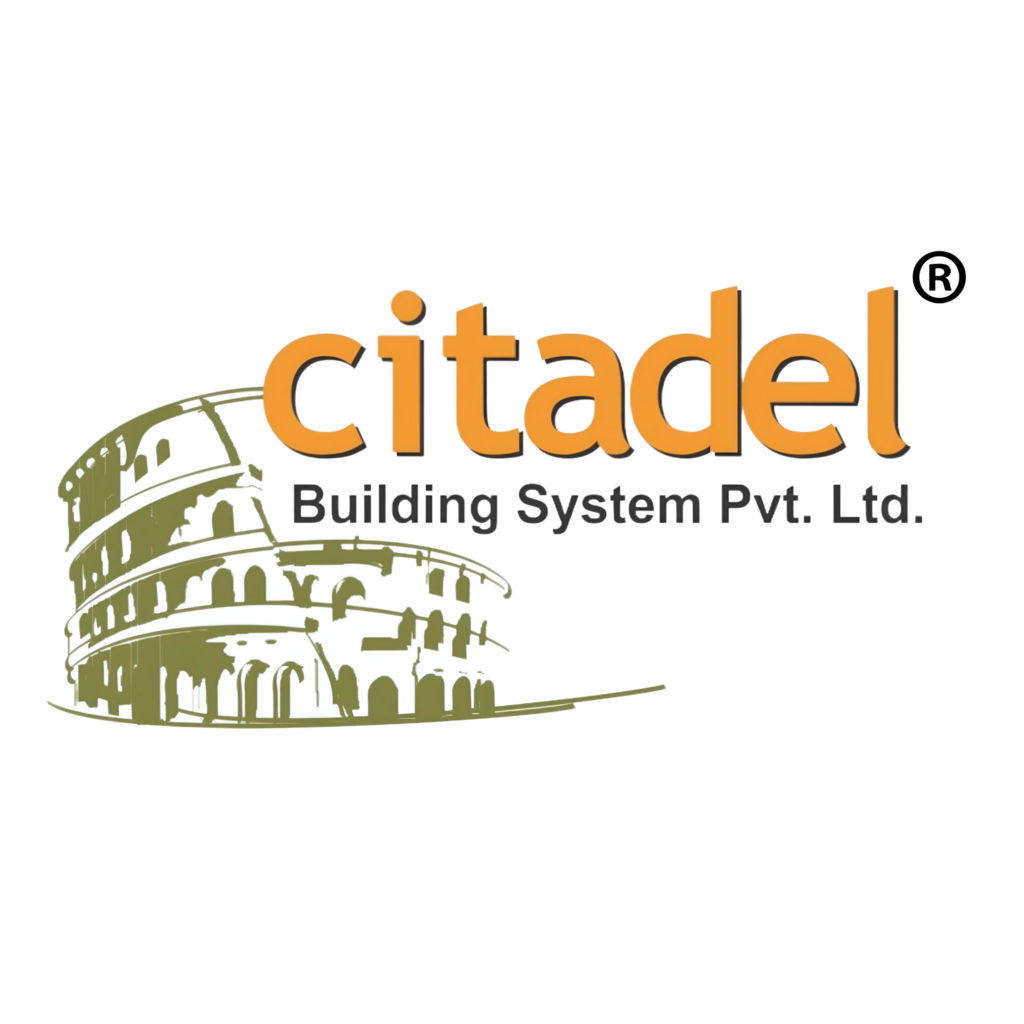Dynamic Facade by Citadel Building System Pvt. Ltd. is a cutting-edge architectural solution designed to transform building exteriors with intelligent, responsive, and movable elements. Engineered to adapt to environmental conditions, optimize natural light, and enhance energy efficiency, our Dynamic Facade systems provide a perfect blend of functionality, aesthetics, and sustainability.
Whether for commercial, residential, or institutional projects, we offer innovative designs that redefine modern architecture while ensuring long-term performance and visual appeal.
With advanced materials and precision engineering, our facades not only improve building efficiency but also create a striking visual identity.
Designed to seamlessly integrate with diverse architectural styles, our Dynamic Facade solutions bring flexibility and innovation to contemporary structures.





